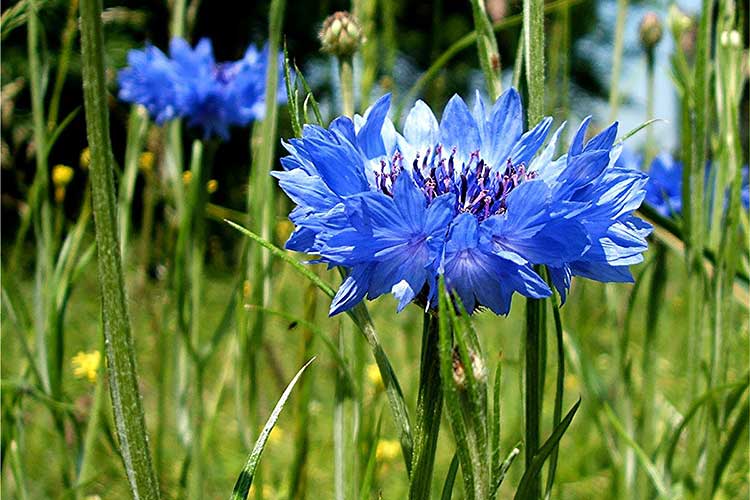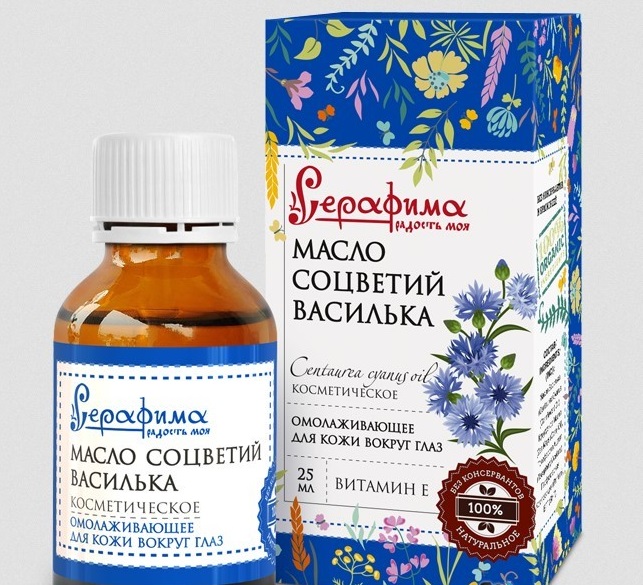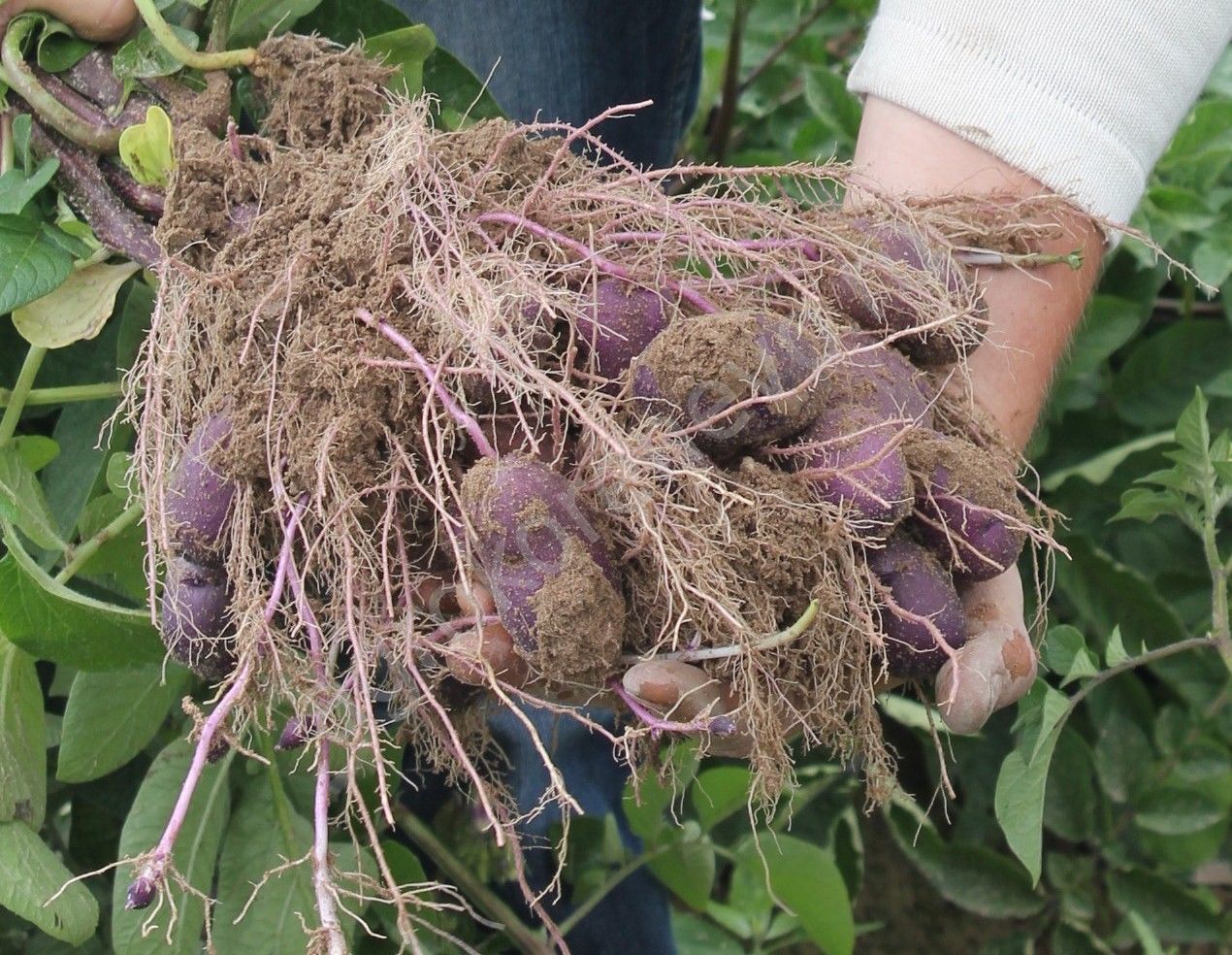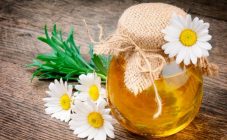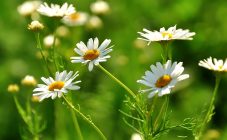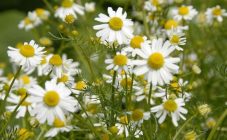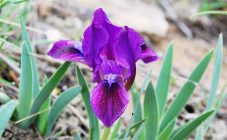Field cornflower (scientific name - blue cornflower, or sowing) is an annual or biennial plant from the Asteraceae family, the Astrov family. Habitat - roadsides, forest glades, in vegetable gardens and in cereal fields is considered a weed. The homeland of the plant is Southern Europe, from where it settled throughout the Eurasian continent. In pagan rites it was used as a powerful amulet against witchcraft spells.
The genus Cornflower includes more than half a thousand plants described by botanists.
What field cornflowers look like, description
The stem is rough and ribbed, depending on the area of growth from 15 to a meter in height. Leaves are lanceolate, pubescent, sessile. The flowers range in color from white to blue to purple-lilac. Blooms all summer, from June to October.
A large flower of blue cornflower, the most famous of the genus Cornflowers, is a basket with two types of flowers:
- the extreme ones are blue, funnel-shaped, asexual;
- the middle ones are dark blue with a violet tint, bisexual, fetal, in the form of a tube.
The fruit is a reddish achene, if you look at it from above, the crest is clearly visible.
Application in medicine
Blue cornflower is a valuable medicinal raw material and is harvested for the pharmaceutical industry and cosmetology. Flower baskets are collected immediately after the opening of the bud, standing flowers with white flowers are not suitable for raw materials.
The collected baskets are subject to immediate processing: plucking of asexual extreme flowers and quick drying at temperatures up to 60 degrees, which allows you to preserve fully useful properties and beautiful blue color.
Field and blue cornflowers have a powerful diuretic effect and are used in the production of various renal preparations and teas with a diuretic effect based on natural raw materials. Research by scientists has also confirmed the effect of cornflower, aimed at reducing the process of stone formation in the human kidneys. In addition, this unpretentious plant has choleretic qualities and antimicrobial effect in the liver and bile ducts.
The antispasmodic effect of this plant is used in preparations aimed at relieving spasm in diseases of the internal organs, in case of indigestion.
In folk medicine, it is used in the form of lotions for eye diseases and as an antipyretic agent for colds.
In cosmetology, it is used in creams for skin with high fat content and shampoos with a therapeutic effect against dandruff.
Growing in the garden
Gardeners have developed cultivars of this unusual plant, which have different colors and larger flowers. Cornflower is sown as seeds directly into the ground at the end of April, it is cold-resistant and not afraid of frost. He loves wet soils and loosening, this is the whole care of him.
Unlike any other flower, the cornflower looks great on an alpine slide, flower beds and flowerpots.In a bouquet of wildflowers, among daisies, bells and mouse peas, this flower occupies a leading position.
